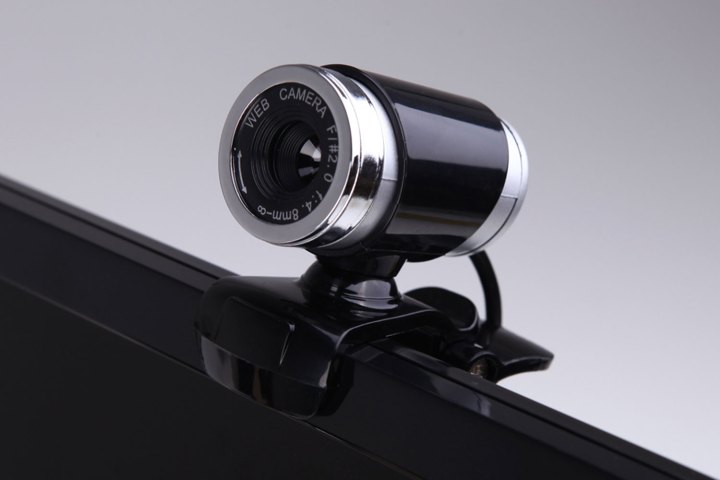
The Windows 10 Anniversary update, which was released earlier in August, attempted to adjust the OS’ settings to allow multiple programs to use the computer’s webcam at once. In an attempt to keep this process smooth, the update disabled the use of MJPEG and H.264 encoded streams for USB-connected webcams, and now only YUY2 encoding is available.
As a result, some users were left unable to stream video through services like Skype or Lync (which are Microsoft owned) or the image quality would freeze. The issue is affecting both consumer and enterprise users but there are no official numbers. In one customer complaint, a business claimed that “thousands” of its customers can’t use its services.
A spokesperson for Microsoft has apologized for the error and promised a fix is coming in the next update, but no timeline has been provided. The spokesperson has admitted that it did not communicate the forthcoming changes to users appropriately. It is expected to fix the MJPEG encoding first, followed by H.264.
“We worked with partners to make sure their applications continued to function throughout this change, but we have done a poor job communicating this change out to you guys,” said one Microsoft spokesperson, “Mike M – Windows Camera Team,” in the customer support thread that lays out many users’ complaints.
“We’re constantly collecting feedback on this and other issues, so we can better understand the impact on our application developers and customers.”
If you cannot wait for the next update to fix these problems, some users are publishing tutorials on workarounds that they have discovered. But everyone is still advised to use these methods with caution as they may cause some unintended consequences. Make sure you do a full back-up before attempting any DIY fixes.


